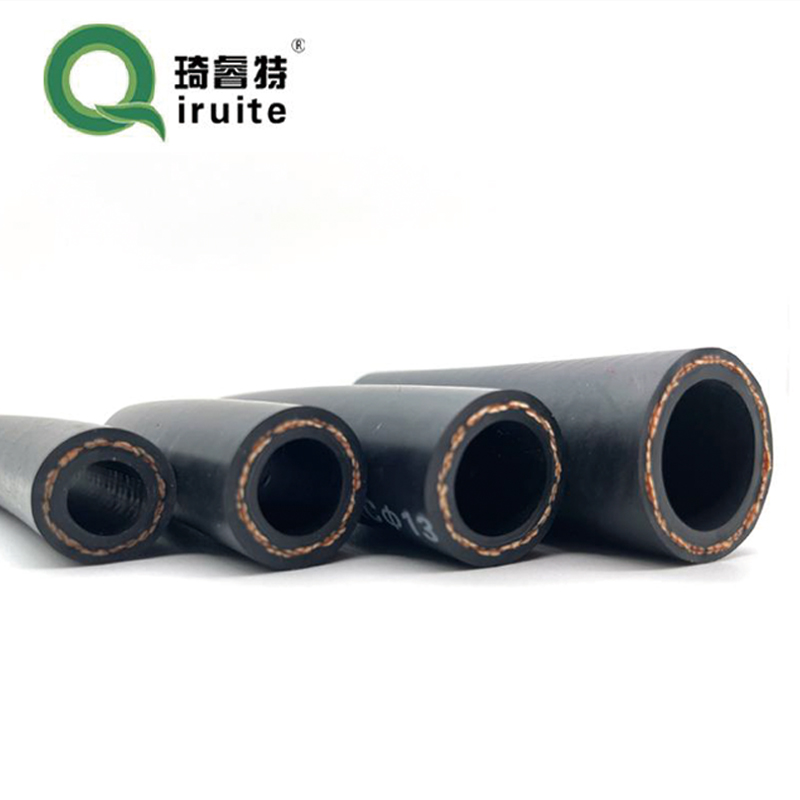Selecting Recharge Hoses for Self-Sealing Cans of R134a Refrigerant for Efficient Refills
Understanding R134a Recharge Hose for Self-Sealing Cans
In the realm of automotive maintenance, ensuring a properly functioning air conditioning system is essential for comfort, especially in extreme climates. One of the most common refrigerants used in vehicle AC systems is R134a. To recharge the system with R134a refrigerant, a specific tool known as the R134a recharge hose is utilized, particularly designed for self-sealing cans. This article explores the functionality, advantages, and considerations of using R134a recharge hoses.
What is R134a?
R134a, or tetrafluoroethane, is a hydrofluorocarbon (HFC) commonly employed in mobile air conditioning systems. It is favored for its low toxicity and relatively low environmental impact compared to its predecessor, R12. Despite being phased down in some regions due to environmental concerns, R134a remains widely used, which necessitates an efficient way to recharge AC systems when refrigerant levels drop.
Understanding Recharge Hoses
Recharge hoses are crucial tools that connect the refrigerant can to your vehicle's AC system. The R134a recharge hose for self-sealing cans features a specialized connector designed to fit both the refrigerant can and the service port of the AC system. These hoses usually come with a built-in gauge that allows users to monitor refrigerant pressure easily, ensuring the system is not overcharged, which can lead to further complications.
Advantages of Self-Sealing Cans
One of the standout features of self-sealing cans is safety and convenience. A self-sealing canister allows for the refrigerant to be dispensed only when connected to the recharge hose, significantly reducing the risk of leaks and exposure to the refrigerant. This is particularly important because exposure to refrigerants can harm both the environment and human health.
Additionally, since the valve seals once disconnected, users don’t have to worry about refrigerant loss between uses. This makes self-sealing cans not only economical but also user-friendly. The easy-to-use design often requires no technical training, making it accessible for DIY enthusiasts.
How to Use the R134a Recharge Hose
r134a recharge hose for self sealing cans

1. Preparation Start by identifying the low-pressure service port on your vehicle's AC system, usually located on the larger diameter tubing. Make sure the engine is off and the AC is set to the maximum cool setting.
2. Attach the Hose Connect the R134a recharge hose to the self-sealing refrigerant can. Ensure it is securely attached to avoid leaks.
3. Charging the System Connect the other end of the hose to the low-pressure service port. Open the valve on the can to start dispensing the refrigerant. Monitor the gauge to maintain the appropriate pressure as indicated in your vehicle’s manual.
4. Finalizing Once the desired pressure is reached, close the valve on the refrigerant can, disconnect the hose, and store it properly for future use.
Considerations
While recharging your AC system is a straightforward process, there are a few considerations to keep in mind. Always wear protective gloves and eyewear, as refrigerants can be harmful. Additionally, it's essential to diagnose why the refrigerant level was low in the first place; leaks in the system can require professional repair.
Moreover, always refer to your vehicle’s manual for the correct specifications and procedures, as using the wrong refrigerant or overcharging can damage the AC system.
Conclusion
An R134a recharge hose designed for self-sealing cans provides an effective solution for maintaining vehicle air conditioning systems. Its user-friendly design, combined with the safety features of self-sealing cans, makes refrigerant recharging accessible to many car owners. By following proper procedures and taking necessary precautions, one can ensure a well-functioning AC system that provides comfort during hot weather.
-
Ultimate Spiral Protection for Hoses & CablesNewsJun.26,2025
-
The Ultimate Quick-Connect Solutions for Every NeedNewsJun.26,2025
-
SAE J1401 Brake Hose: Reliable Choice for Safe BrakingNewsJun.26,2025
-
Reliable J2064 A/C Hoses for Real-World Cooling NeedsNewsJun.26,2025
-
Heavy-Duty Sewer Jetting Hoses Built to LastNewsJun.26,2025
-
Fix Power Steering Tube Leaks Fast – Durable & Affordable SolutionNewsJun.26,2025

